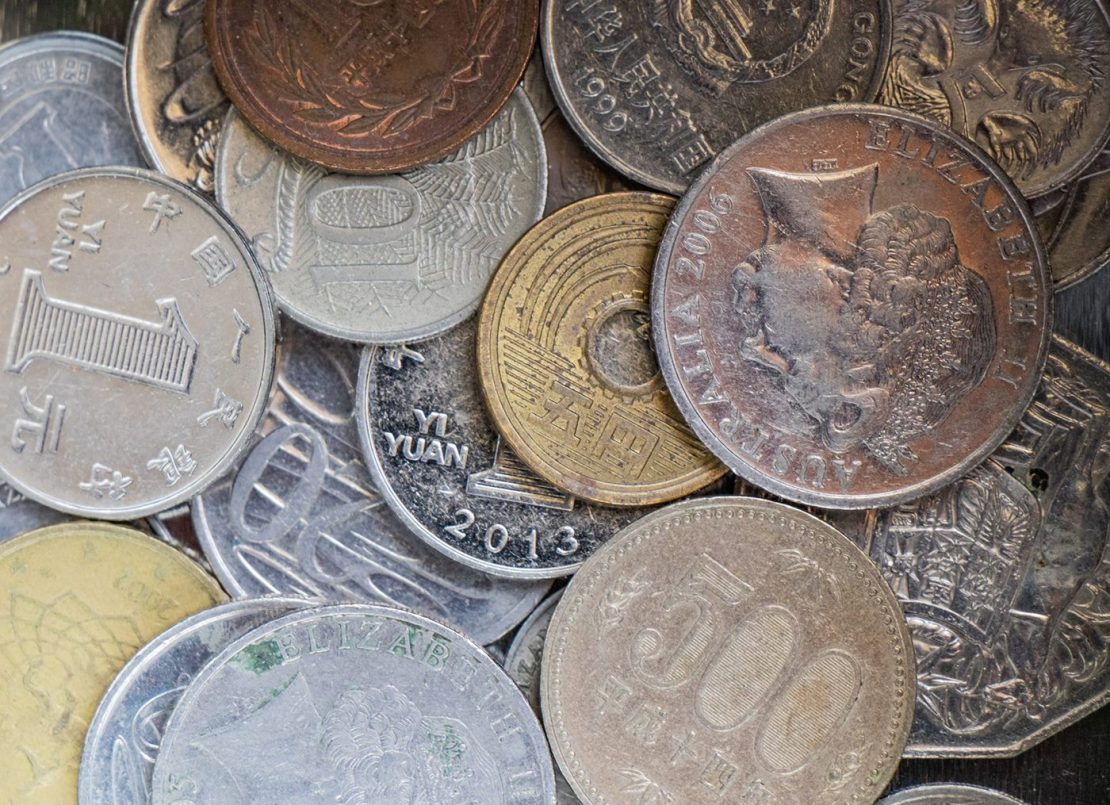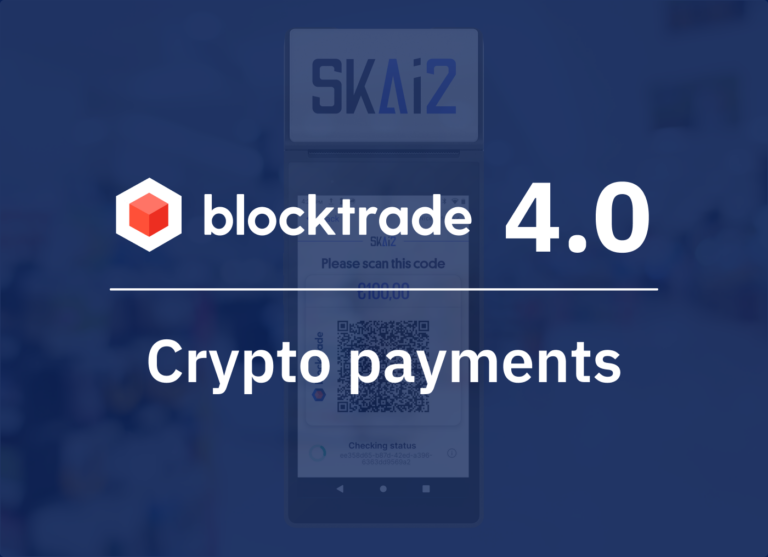Through centuries and millenniums, money has been accompanying humanity, enabling it to exchange value, trade, pay, and charge. But where did the money actually come from? When did it start, and how has it been evolving since?
We decided to look into the origins of money and get a brief overview, from the most ancient means of exchange and storage of value to the most cutting-edge financial technologies of today and tomorrow.
What is money?
But first, we need to clarify what money actually is and what functions it has. As defined by experts and economists, money is an item, unit, or verifiable record that can be accepted as payment for goods and services, or re-payment of debts.
The main functions of money include:
- Medium of exchange: when money plays an intermediate role in the exchange of goods and services
- Unit of account: money as a standard measure of trade
- Store of value: when money can be reliably saved, stored, retrieved, and represent rather stable value
Now let’s see what journey money and its functions have made throughout the millenniums of history of humankind.
The Stages
1. Pre-Money
People needed to exchange goods and services long before money was ever invented. They were doing so by using the barter system in which you directly exchange one type of goods for the other. ‘Please give me potatoes, and I will give you carrots’.
2. Early Money
As it was getting harder to keep the record of the natural exchange, people started using IOU (I owe you) objects, for example, whale teeth that allowed everyone to trade with each other. They even represented certain storage of purchasing power (value). People also used ‘Barley money’, which was just fixed amounts of barley grains serving as a universal measure for valuating and exchanging all goods and services.
3. Metal Money
In addition to its practicality, people noticed that money awards them more power. This is why kings had the idea of minting coins from precious metals, especially silver and gold, stamping them with their emblem which guaranteed their weight and value.
This is how metal money came into existence, and it was ticking all the boxes: legitimized, hard to forge, durable, portable, and divisible. In addition, it could also be traded with other communities!
4. Paper Money
Carrying around large quantities of coins could be exhausting, so early Chinese rulers realized that they could keep heavy coins back in the palace and issue IOU certificates on paper for long-distance trading.
Conclusion
Humans have been using the money for thousands of years before metal coins and paper bills ever came into existence. We need money to exchange goods and services and to have a common unit of account for our transactions and valuations.
Metal coins and paper bills simply were the most practical and easiest ways for money to be carried and transferred – and they served as IOU certificates, meaning they were backed by a commodity and could be redeemed in gold or silver.
Stay tuned for our next part 2, in which we will cover the development of the banking system, starting in 14th century Italy all the way to the establishment of a global and financial system with powerful central banks at their core.







